Graffiti at St Andrew's Church, Asgarby

On my travels from Lancs to Lincs, I stopped for a packed lunch of jam butties and apple at the Church of St Andrew in Asgarby. Unlike our squat, foreboding Lancastrian church towers, the Lincolnshire medieval architects opted for beauty and lightness, erecting graceful spires to serve as landmarks upon those flat fens. The church of St Andrew was all locked up, blaming Covid 19, though its website says it has but 6 services a year anyway. I fear this virus has been a useful excuse to shut down a great many places that might have been safely left open. Still, I wondered without, and took some shots within through a broken window pane. In its porchway I inspected the only part of it I could access which had something I admired very much- graffiti. Now this ‘artform’ graces many urban areas but it isn’t something we would normally wish to see on a village church. With a few exceptions, however, it was all rather old. Perhaps like me, honest folk had visited the church to find themselves locked out and wished to redeem the time- a mantra painted in the church’s interior, I believe.
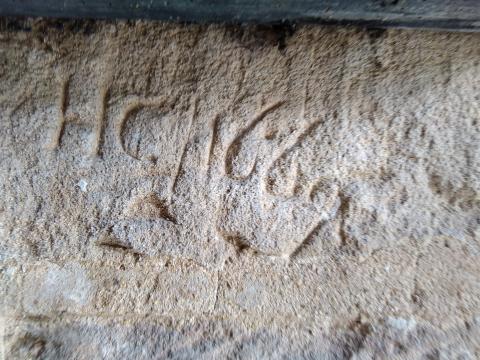
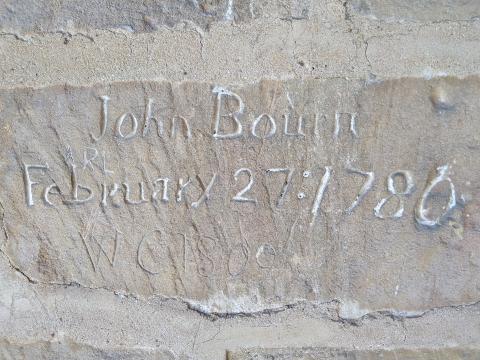
The earliest dated set of initials is HC, 1669. I saw one other from that century but it had badly worn, so most came from the 1700s. Some of the eighteenth-century vandals were less coy and offered their full names.
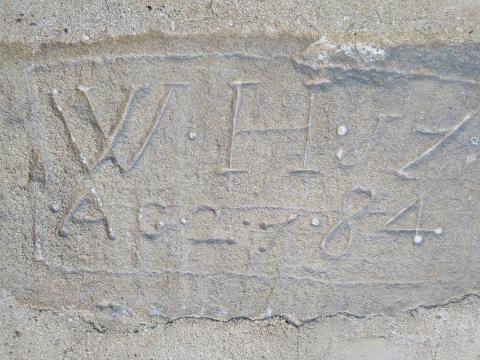
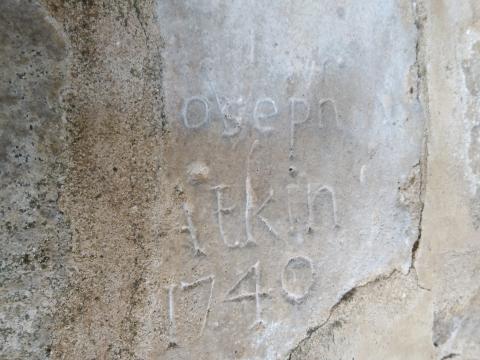
I saw no Victorian examples; perhaps that age frowned on such egotistical declarations. Next to Abel Meller’s 1759 contribution (below), however, are some interesting concentric scratch marks (left-hand side). It’s a circle within which are petal-like carvings, the kind one might have drawn on a basic spirograph thirty years ago. They are usually called witch-marks, though whether they were ritualistic illustrations to ward off evil I do not know. Perhaps they were the best contributions an illiterate but ambitious medieval peasant could offer.
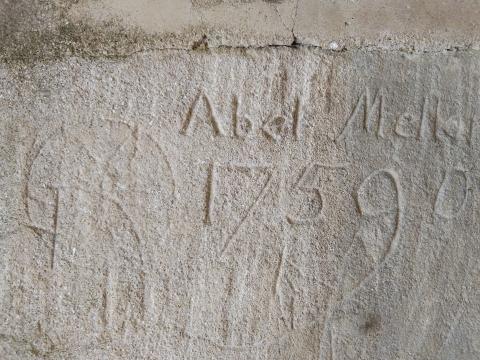
The Medieval Graffiti website, which focuses on the neighbouring county of Norfolk, writes:
If you enter one of the many hundreds of surviving medieval churches that can be found in the county of Norfolk just about everything you see will relate to the elite members of the medieval parish; the top 5% or so. The stained glass, alabaster tombs and monumental brasses tell us only about those who created them or caused them to be created. They tell a story of power and riches.
The coloured glass of the medieval church window, and the dull brasses laid into marble upon the floor, do not carry images of peasants ploughing - but of the local gentry in all their finery. Where here is the voice of those who worked the parish land, who worshipped in this splendid monument to their betters, who laboured to build it? Graffiti can be, and was, created by all levels of society and it offers a unique and un-studied insight into the people of the medieval parish. The graffiti can offer a voice to the lost population of the medieval world.
Graffiti was a means by which the poorest and most ignored communicated their existence to posterity. I have less sympathy applying this argument to modern graffiti artists- if they wish to shout at the world they’ll find Twitter a sufficiently congenial platform. Yet I wonder too at the inadequate recognition given to ‘ordinary’ Christians, as opposed to apostles, martyrs, bishops and pastors. When we consider heroes of the past, we look for Bunyans, Luthers and Carmichaels. We don’t talk about Eric Broadbent or Sally Housecoat who worked at the local factory all their lives and tithed their ten-shilling wage while regularly praying for missionaries. They appear in no seminary textbooks nor on plaques in our churches. They came, they served, they died. Do you ever feel like that? Scratching your name on posterity’s walls that others might recognise the awful struggles through which you’ve been and the sacrificial services rendered?
But you, when you pray, go into your room, and when you have shut your door, pray to your Father who is in the secret place; and your Father who sees in secret will reward you openly. Matthew 6:6
God sees what man does not, and His rewards are infinitely more worthwhile.
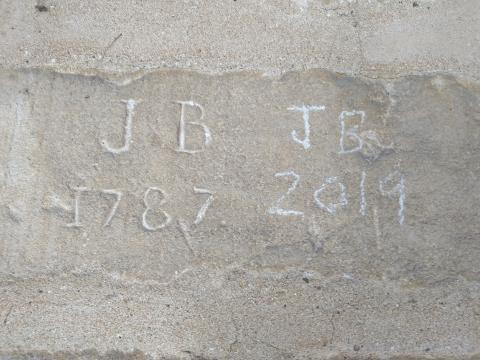
- Log in to post comments


 Sunday Worship 10.45am & 6.00pm
Sunday Worship 10.45am & 6.00pm